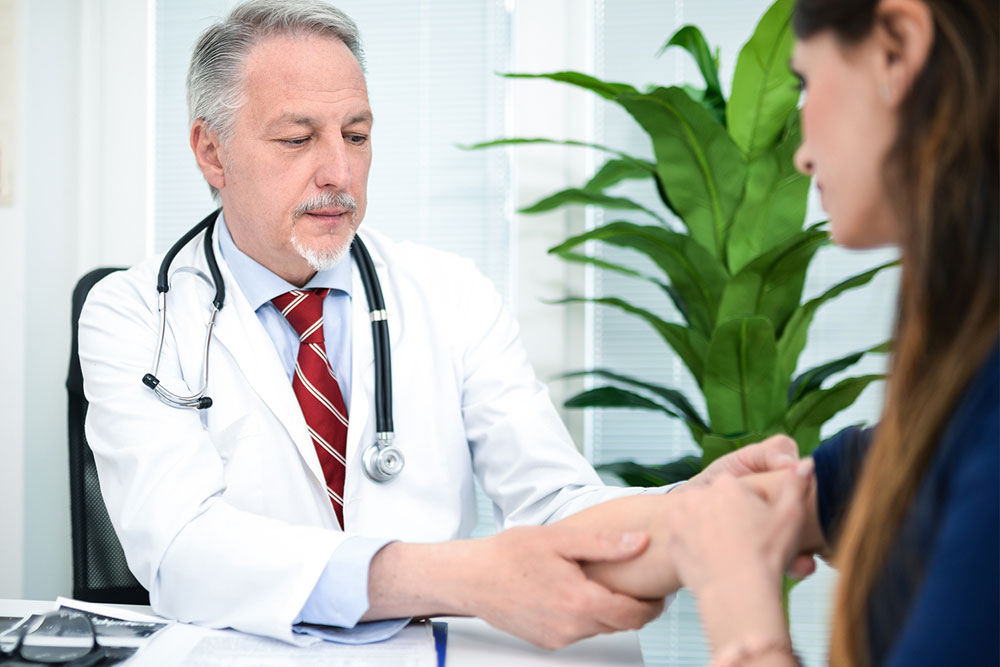
Symptoms and causes of HPV
Human papillomavirus, or HPV, is a highly contagious viral infection that spreads through skin-to-skin contact. HPV virus has more than 100 varieties and affects the throat, mouth, and genitals. It is most commonly spread by sexual transmission. Individuals having multiple sexual partners are more prone to this infection. HPV infections are preventable, and vaccination against HPV can prevent the onset of cancer. Most HPV strains do not lead to cancer except few that are linked with cancers of the cervix, anus, vulva, and penis.
Symptoms
Individuals affected by HPV typically develop warts, and the different types of this virus can cause wart formation on different parts of the body. For example, some varieties can cause wart formation on the feet while others can cause warts on the neck or face. A few types of warts that appear due to an HPV infection are:
Genital warts: Genital warts are tiny bumps that appear on the cervix, anus, vagina, or vulva.
Common wart: Typically found on the elbows, fingers, and hands. They can cause pain and bleeding.
Plantar warts: These warts develop on your feet and cause pain and discomfort.
Flat warts: They appear darker than the skin and can appear on any area of the body. However, in men, they develop in the beard region while in women they appear on the legs.
In certain cases, lesions develop on soft tissues such as the tongue, soft palate, tonsils, and larynx.
In the early stages, an HPV infection does not lead to any symptoms and thus many people do not realize they are suffering from the infection. Recurrent infection due to HPV may cause a precancerous growth. If not treated in time, it can develop into cancer. Thus, it is advisable for women to undergo a Pap test for early detection.
Causes
Some of the causes of HPV infections are as follows:
Direct contact : Any direct skin-to-skin contact with an individual suffering from HPV can infect a healthy person. The virus can be transmitted through unprotected sex, or it can enter the body through cuts or abrasions, or by touching warts caused by HPV. HPV infections of the respiratory tract may occur due to the transmission of the virus during oral sex.
Age : The appearance of HPV-induced warts on the body depends on the person’s age. For example, children are more likely to develop common warts while genital warts are commonly found in adults.
Weak immunity : Weak immunity due to HIV or immunosuppressive drugs can increase the risk of contracting an HPV infection.
Damage skin : Damaged skin is more vulnerable to develop common warts.
Environmental exposure : Touching surfaces, especially in public places, which have been exposed to the virus, can cause an infection.
HPV can also spread from a mother to her child in the womb. It is one of the most infectious viruses that causes wart formation on the genitals and mouth. HPV has also been linked to cervical cancer. HPV infections can be prevented by vaccination and avoiding unprotected sex.


